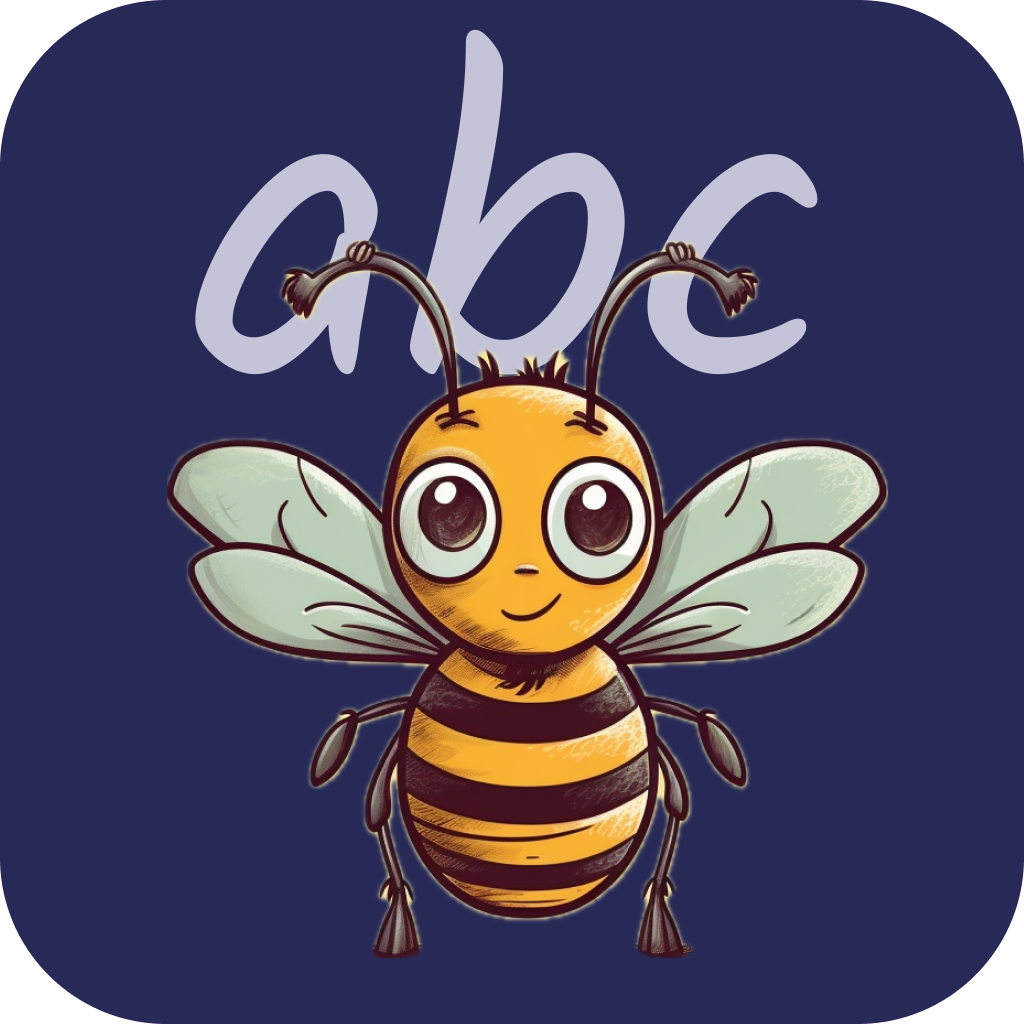The relationship between spelling and reading has been a topic of discussion among educators and researchers for decades. Some argue that spelling should be taught separately, while others believe that integrating spelling and reading instruction leads to better literacy outcomes.
So, should spelling and reading be taught together? The overwhelming evidence from educational research suggests yes—teaching them in tandem strengthens language skills, enhances word recognition, and improves overall literacy development.
In this article, we’ll explore the connection between spelling and reading, review key research findings, and discuss the best teaching approaches.
The Connection Between Spelling and Reading
Spelling and reading are deeply interconnected because they both involve understanding the relationship between letters and sounds. This connection is known as the “orthographic mapping process”—the way our brains store written words for quick recognition.
How They Support Each Other:
1. Phonics Foundation:
• Spelling helps children decode words while reading.
• Reading reinforces spelling patterns and common letter combinations.
2. Word Recognition & Memory:
• Spelling practice improves a child’s ability to recognize words quickly when reading.
• The more words a child can spell, the easier they can read fluently.
3. Vocabulary Expansion:
• Reading exposes children to new words.
• Spelling exercises help them internalize and remember those words.
4. Stronger Writing Skills:
• When children can spell words easily, they write with confidence.
• Poor spelling can slow down writing, making it difficult for children to express their ideas.
What Does the Research Say?
Several studies support the idea that spelling and reading should be taught together:
• The National Reading Panel (2000) concluded that explicit phonics instruction improves both reading and spelling skills. Teaching spelling alongside reading helps children internalize spelling patterns and apply them when decoding new words.
• A study by Perfetti (1992) found that children who practiced spelling alongside reading became better at both skills compared to those who focused only on reading. The study showed that spelling helps children retain words in long-term memory, making them better readers.
• Moats (2005) emphasized that spelling and reading are two sides of the same coin. If a child can spell a word, they are much more likely to read it fluently.
• A 2019 study from University College London showed that children who engaged in integrated spelling and reading activities scored 30% higher in reading comprehension tests than those who only focused on reading.
These findings indicate that spelling and reading reinforce each other, making simultaneous instruction the most effective approach.
Best Teaching Methods for Integrating Spelling and Reading
Educators can use the following strategies to teach spelling and reading together:
1. Phonics-Based Spelling Instruction
• Teach children to break words into phonemes (sounds) and match them with letters.
• Encourage sounding out words when reading and spelling.
• Example: Teaching C-A-T by blending sounds while spelling and recognizing it in a book.
2. Word Families and Patterns
• Help children recognize spelling patterns in words that rhyme or have similar structures.
• Example: Teach “light, sight, bright” together to reinforce reading and spelling of “-ight” words.
3. Multisensory Learning (Orton-Gillingham Approach)
• Use visual, auditory, and kinesthetic activities to teach words.
• Example: Writing words in sand while saying the letters out loud.
4. Context-Based Learning (Reading and Writing in Context)
• Encourage children to spell words in sentences while reading.
• Example: If reading a book about animals, ask them to spell “lion” before continuing.
5. Gamified Learning
• Use spelling games and interactive reading apps to reinforce learning.
• Example: A spelling word appears in a reading app, and the child must spell it correctly to unlock the next story level.
Conclusion: A Unified Approach is Best
Spelling and reading are not separate skills—they are mutually reinforcing processes. The research clearly shows that children learn to read better when they also learn to spell, and vice versa.
By integrating phonics, word patterns, multisensory activities, and context-based learning, educators and parents can boost literacy skills more effectively than by teaching reading and spelling in isolation.
Key Takeaways:
✔ Spelling helps children decode words when reading.
✔ Reading exposes children to correct spelling patterns.
✔ Teaching them together leads to faster literacy development.
✔ Games, multisensory activities, and phonics make learning engaging.


Leave a Reply